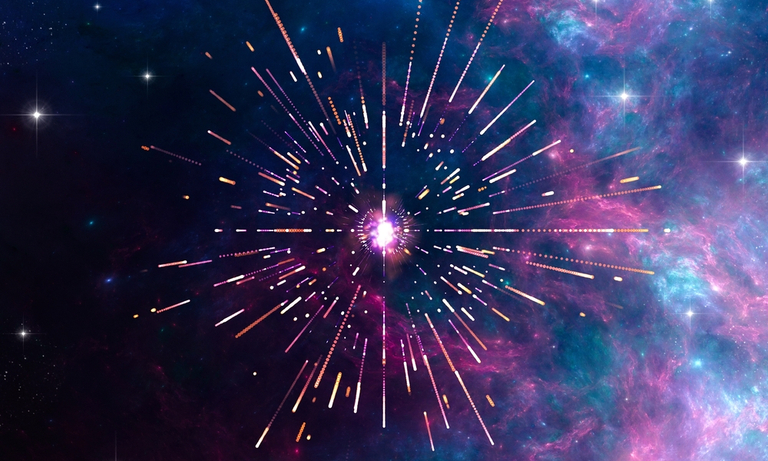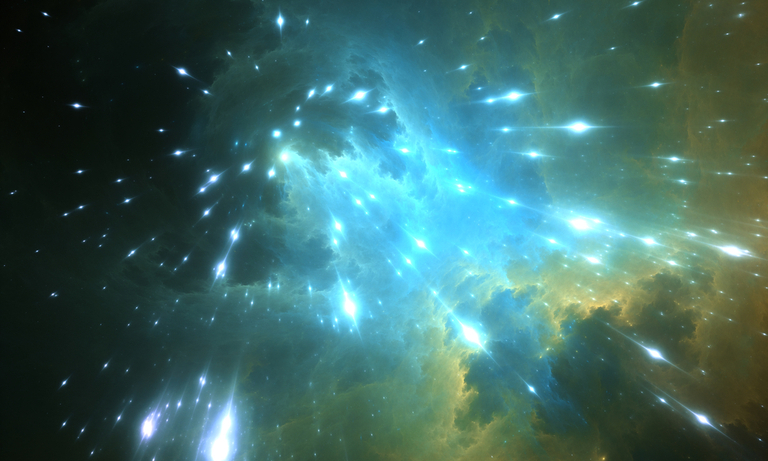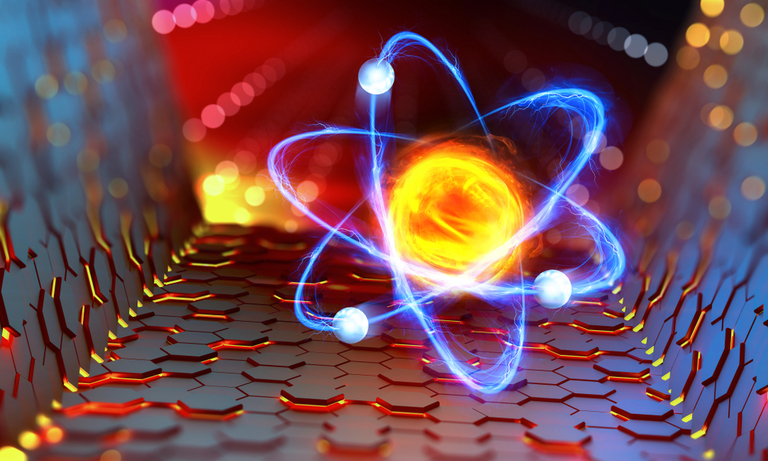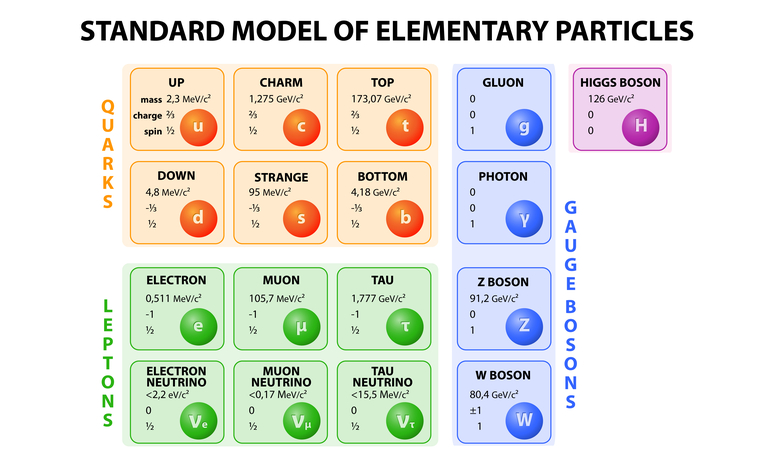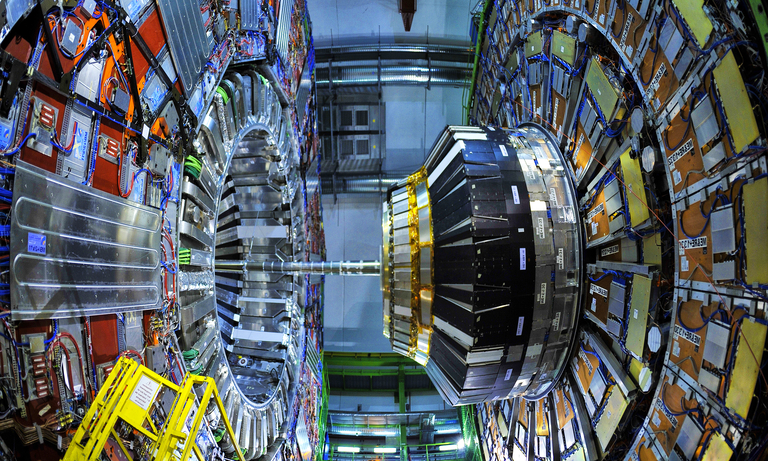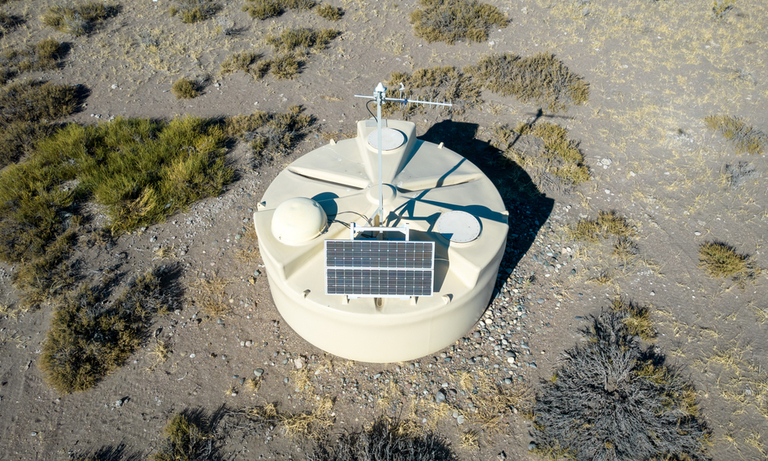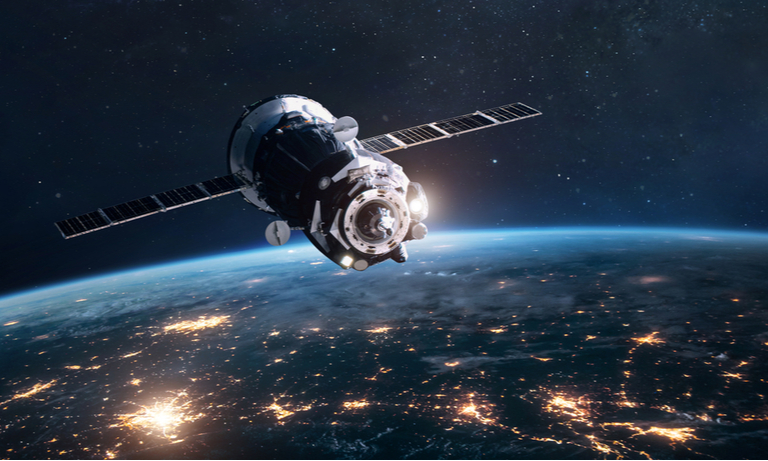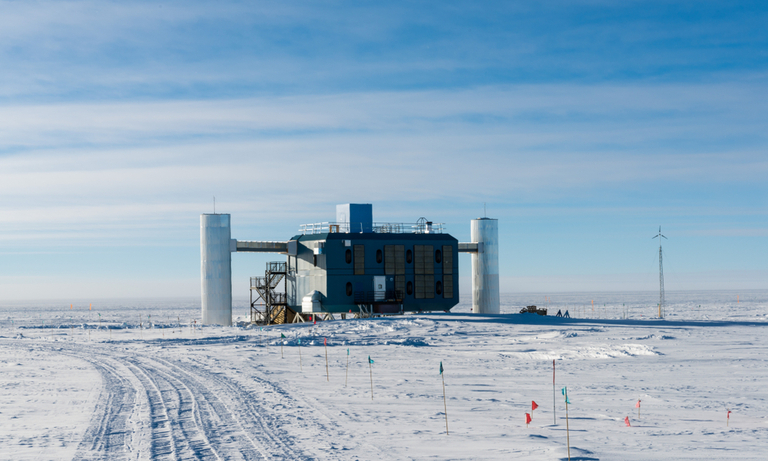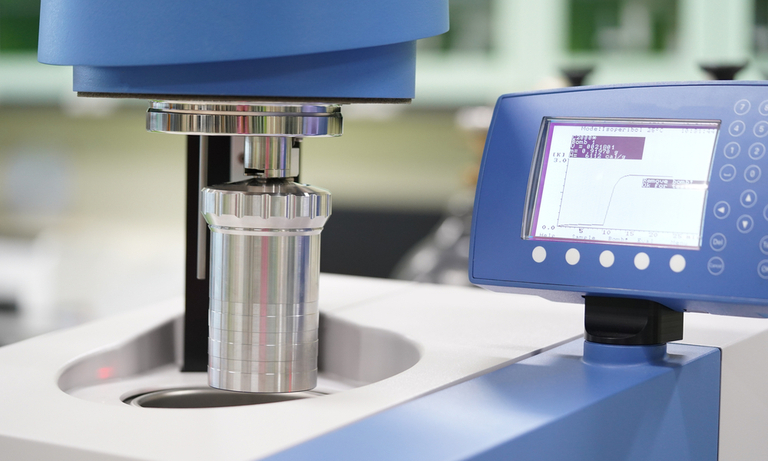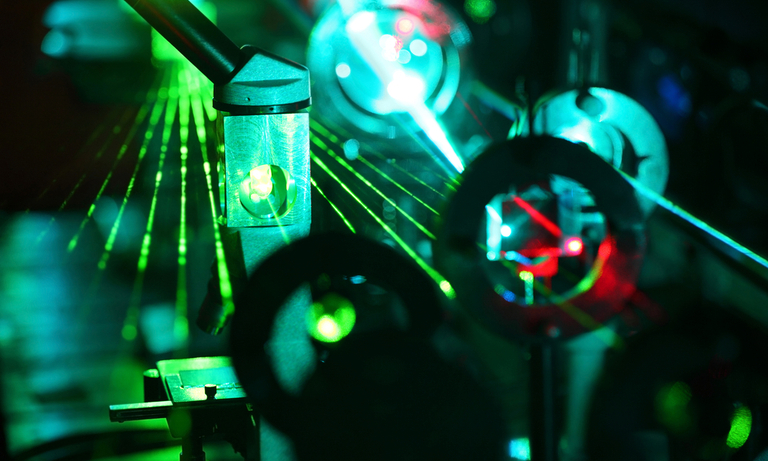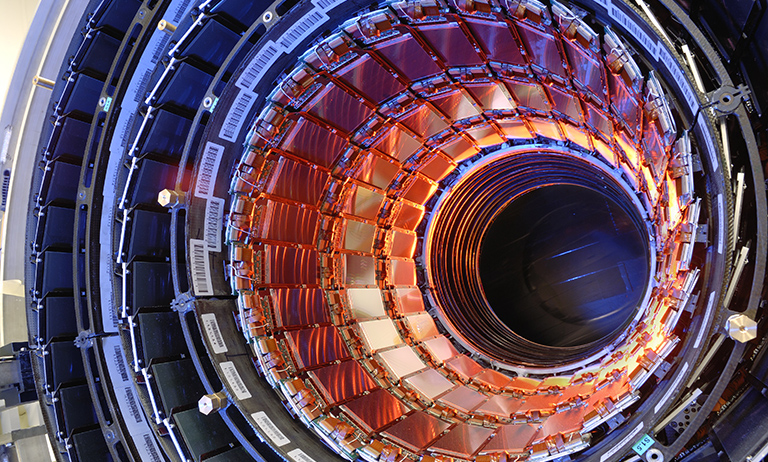Home
Products
Physics Research Field
Type of Experiment
Detector Type
Behind the Science
Tech in a Nutshell
United Kingdom (EN)
Select your region or country.


Neutrino
In 1930, physicist Wolfgang Pauli introduced a neutral particle in order to explain the problem of energy going missing in the beta decay. He called this particle “neutron,” a combination of the root of the word “neutral” with the suffix “-on.” However another neutral but heavier particle was discovered in 1932 which was also given the same name. In 1933, physicist Enrico Fermi distinguished it from the heavier neutron by adding the Italian diminutive suffix “ino” to its name.
It took 26 years to prove its existence. Indeed only in 1956, Clyde Cowan and Frederick Reines observed neutrinos, with a revolutionary experiment, using the Savannah River nuclear reactor in South Carolina as source of beta decay.
Neutrinos come in three types, called flavors, that correspond to their charged-lepton partners: electron, muon and tau, until 1962 only one type of neutrino had been detected. An experiment at the Alternating Gradient Synchrotron (AGS) at Brookhaven National Laboratory (BNL) led to the identification of another distinct type: the muon neutrino. The final type: the tau neutrino, was later observed in 2000 at Fermilab in the DONUT Experiment.
Neutrinos are in many ways one of the most interesting elementary particles since they have a very weak interaction with matter. This property makes them a unique probe of the deep universe: arriving undeflected on earth, they will help to pinpoint distant sources of powerful radiation, like quasars or gamma-ray bursts. Additionally, neutrinos can help to further investigate and understand the causes of catastophic events that occur in the universe, such as gravitational waves and supernovae.
Most neutrino experiments work in the same way: they detect neutrinos indirectly looking for the particles produced in their interactions. By-products of neutrino interaction with matter are highly energetic particles which travel faster than light in the detector material, emitting the so-called Cherenkov radiation which is detected by photomultipliers that convert light into electric signals.
Neutrinos, interacting weakly, can travel through matter without being deflected from their trajectory giving the possibility to investigate their production mechanism inside the core of the stars. The Sun is the first natural star to look at. It produces energy by the nuclear fusion of four protons into one Helium atom with the emission of neutrinos. The first experiment to study solar neutrinos was the Homestake experiment. Headed by Raymond Davis, Jr. It started in 1964 and it was located in the Homestake Gold Mine in South Dakota (USA). It detected only about half of the neutrinos expected from the current solar models opening the so-called ‘solar neutrino problem’.
The proposed explanation, along with the possibility of a wrong prediction of the neutrino flux coming from the Sun, was the hypothesis that neutrino can convert into another one during its flight from the Sun to the Earth. Furthermore oscillation is only possible if neutrinos have non-zero masses, properties not predicted by the Standard Model of particle physics.
The solar neutrino problem was solved by SNO (Sudbury Neutrino Observatory) in 2002, showing the consistency of the total neutrino flux with the Standard Solar Model and proving the neutrino oscillation. This experiment, located in the Sudbury Neutrino Observatory in Canada, used 1000 tons of ultra-pure heavy water contained in a spherical acrylic vessel surrounded by an ultra-pure shield Cherenkov detector.
The heavy water is viewed by approximately 9,600 Hamamatsu R1408 photomultiplier tubes (PMTs) mounted on a sphere.
Super-Kamiokande was the first experiment to prove neutrino oscillation by observing atmospheric neutrinos: it measured significantly more muon neutrinos coming from the surface direction than those first traversing the Earth. This removed even the last doubts about neutrino oscillation.
Located 1,000 m underground in the Mount Ikeno at the Kamioka Observatory of the Institute for Cosmic Ray Research in Japan, the detector has a cylindrical shape, 41.4 m tall and 39.3 m in diameter, holding 50 ktons faced by 11,146 Hamamatsu R3600 50 cm diameter PMTs.
In 2015 Professor Takaaki Kajita along with Arthur B. McDonald were awarded of the Nobel Prize in Physics "for the discovery of neutrino oscillations, which demonstrates that neutrinos have mass".
Oscillation experiments cannot provide information on the exact neutrino masses, unfortunately. The present knowledge of the masses comes from cosmology according to which the masses are smaller than 2eV.
The Karlsruhe Tritium Neutrino (KATRIN) experiment will measure the electron neutrino mass with a direct measurement, studying tritium β-decay. Furthermore, the origin of neutrino mass remains unknown which is closely related to the question whether neutrinos are their own antiparticles or not: so-called Majorana or Dirac particles.
The answer to this question could be found looking at the decay of some isotopes that don’t undergo ordinary β-decay because of energy conservation. These isotopes can only decay by the simultaneous decay of two neutrons into protons via the emission of two electrons and two anti-electron neutrinos.
If neutrinos are their own antiparticles, the first anti-neutrino can be absorbed as a neutrino inducing the second β-decay - resulting in the emission in the final state of only the two electrons. This decay is called neutrino-less double β-decay.
Neutrinos are also produced in very energetic processes, for example in Supernovae or in the center of galaxies.
On February 23 1987, the neutrinos emitted from the supernova explosion SN1987A in the Large Magellanic Cloud, about 160,000 light-years away, reached the earth. Kamiokande, predecessor of Super-Kamiokande, detected 11 neutrinos coming from the SN. In 2002, Dr. Masatoshi Koshiba who led the Kamiokande experiment, was awarded of a Nobel Prize in Physics for this result. The number of events and the energies of the neutrinos it was possible to prove Supernovae models.
Another open question in particle physics and astrophysics is the origin of cosmic ray, mainly protons and nuclei with energies between 109 and 1021 eV. Neutrinos can be produced when cosmic rays interact with matter. So-called neutrino telescopes are built to investigate where the cosmic radiation comes from. Recent experiments use water or Antarctic ice such as ANTARES, KM3NeT or IceCube as a target material.
- Confirmation
-
It looks like you're in the . If this is not your location, please select the correct region or country below.
You're headed to Hamamatsu Photonics website for GB (English). If you want to view an other country's site, the optimized information will be provided by selecting options below.
In order to use this website comfortably, we use cookies. For cookie details please see our cookie policy.
- Cookie Policy
-
This website or its third-party tools use cookies, which are necessary to its functioning and required to achieve the purposes illustrated in this cookie policy. By closing the cookie warning banner, scrolling the page, clicking a link or continuing to browse otherwise, you agree to the use of cookies.
Hamamatsu uses cookies in order to enhance your experience on our website and ensure that our website functions.
You can visit this page at any time to learn more about cookies, get the most up to date information on how we use cookies and manage your cookie settings. We will not use cookies for any purpose other than the ones stated, but please note that we reserve the right to update our cookies.
1. What are cookies?
For modern websites to work according to visitor’s expectations, they need to collect certain basic information about visitors. To do this, a site will create small text files which are placed on visitor’s devices (computer or mobile) - these files are known as cookies when you access a website. Cookies are used in order to make websites function and work efficiently. Cookies are uniquely assigned to each visitor and can only be read by a web server in the domain that issued the cookie to the visitor. Cookies cannot be used to run programs or deliver viruses to a visitor’s device.
Cookies do various jobs which make the visitor’s experience of the internet much smoother and more interactive. For instance, cookies are used to remember the visitor’s preferences on sites they visit often, to remember language preference and to help navigate between pages more efficiently. Much, though not all, of the data collected is anonymous, though some of it is designed to detect browsing patterns and approximate geographical location to improve the visitor experience.
Certain type of cookies may require the data subject’s consent before storing them on the computer.
2. What are the different types of cookies?
This website uses two types of cookies:
- First party cookies. For our website, the first party cookies are controlled and maintained by Hamamatsu. No other parties have access to these cookies.
- Third party cookies. These cookies are implemented by organizations outside Hamamatsu. We do not have access to the data in these cookies, but we use these cookies to improve the overall website experience.
3. How do we use cookies?
This website uses cookies for following purposes:
- Certain cookies are necessary for our website to function. These are strictly necessary cookies and are required to enable website access, support navigation or provide relevant content. These cookies direct you to the correct region or country, and support security and ecommerce. Strictly necessary cookies also enforce your privacy preferences. Without these strictly necessary cookies, much of our website will not function.
- Analytics cookies are used to track website usage. This data enables us to improve our website usability, performance and website administration. In our analytics cookies, we do not store any personal identifying information.
- Functionality cookies. These are used to recognize you when you return to our website. This enables us to personalize our content for you, greet you by name and remember your preferences (for example, your choice of language or region).
- These cookies record your visit to our website, the pages you have visited and the links you have followed. We will use this information to make our website and the advertising displayed on it more relevant to your interests. We may also share this information with third parties for this purpose.
Cookies help us help you. Through the use of cookies, we learn what is important to our visitors and we develop and enhance website content and functionality to support your experience. Much of our website can be accessed if cookies are disabled, however certain website functions may not work. And, we believe your current and future visits will be enhanced if cookies are enabled.
4. Which cookies do we use?
There are two ways to manage cookie preferences.
- You can set your cookie preferences on your device or in your browser.
- You can set your cookie preferences at the website level.
If you don’t want to receive cookies, you can modify your browser so that it notifies you when cookies are sent to it or you can refuse cookies altogether. You can also delete cookies that have already been set.
If you wish to restrict or block web browser cookies which are set on your device then you can do this through your browser settings; the Help function within your browser should tell you how. Alternatively, you may wish to visit www.aboutcookies.org, which contains comprehensive information on how to do this on a wide variety of desktop browsers.
5. What are Internet tags and how do we use them with cookies?
Occasionally, we may use internet tags (also known as action tags, single-pixel GIFs, clear GIFs, invisible GIFs and 1-by-1 GIFs) at this site and may deploy these tags/cookies through a third-party advertising partner or a web analytical service partner which may be located and store the respective information (including your IP-address) in a foreign country. These tags/cookies are placed on both online advertisements that bring users to this site and on different pages of this site. We use this technology to measure the visitors' responses to our sites and the effectiveness of our advertising campaigns (including how many times a page is opened and which information is consulted) as well as to evaluate your use of this website. The third-party partner or the web analytical service partner may be able to collect data about visitors to our and other sites because of these internet tags/cookies, may compose reports regarding the website’s activity for us and may provide further services which are related to the use of the website and the internet. They may provide such information to other parties if there is a legal requirement that they do so, or if they hire the other parties to process information on their behalf.
If you would like more information about web tags and cookies associated with on-line advertising or to opt-out of third-party collection of this information, please visit the Network Advertising Initiative website http://www.networkadvertising.org.
6. Analytics and Advertisement Cookies
We use third-party cookies (such as Google Analytics) to track visitors on our website, to get reports about how visitors use the website and to inform, optimize and serve ads based on someone's past visits to our website.
You may opt-out of Google Analytics cookies by the websites provided by Google:
https://tools.google.com/dlpage/gaoptout?hl=en
As provided in this Privacy Policy (Article 5), you can learn more about opt-out cookies by the website provided by Network Advertising Initiative:
http://www.networkadvertising.org
We inform you that in such case you will not be able to wholly use all functions of our website.
Close
